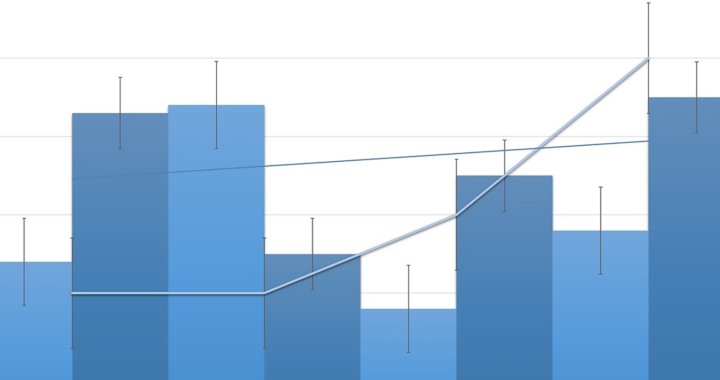Bonds and stocks are two of the most common types of assets and financial instruments that are issued by entities to raise capital and can be purchased and held by investors to meet their long-term financial goals or traded to achieve short-term profits.
Note that bonds represent units of corporate debt issued by companies and governments to raise funds. These units are securitized as tradeable assets, thereby making them not only a financial instrument and a type of asset but also a type of securities.
Stocks represent an ownership claim of a business or company. Companies traded in a stock exchange allow individuals and institutions to invest in them and the overall stock market, as well as enable them to maximize the benefits of stock investing.
Companies can issue either or both. Investors are free to determine the level of each in their portfolio. Nevertheless, understanding the relationship between bonds and stocks is important in understanding the financial markets, as well as in guiding investment decisions.
What is the Relationship Between Bonds and Stocks and How Bonds Affect the Stock Market
Straightforward Explainer
The relationship between bonds and stocks is generally inverse. They move in the opposite direction. This means that when bond prices increase, stock prices decrease; and when bond prices decrease, stock prices increase. The reason for this inverse relationship is straightforward: bonds have lower risk while stocks are riskier and both compete for investors.
An increase in bond prices results in a decrease in bond yields. Investors are not too keen on holding assets that have low returns because their goal is to maximize profits. Those who hold bonds would dump low-yield bonds in favor of stocks or other assets and securities while others would steer clear from holding bonds.
Massive instances of bond-dumping would increase the supply of bonds in the bond market while the perceived low yields would reduce demand, thereby eventually resulting in a decrease in the prices of newly-issued prices. However, at the same time, demand for stocks would increase, thus pressuring the stock market and increasing stock prices.
Inflation and Interest Rates
Furthermore, note that it is also important to factor in the impacts of inflation and interest rates. Inflation increases the cost of doing business while high interest rates increase the cost of borrowing. These cost increases lower profits and create an impression that publicly-traded companies have a lesser potential to provide investors with profitability.
Negative perception about the profitability of the company would prompt several investors to dump the stocks they hold or refrain from buying stocks and direct their attention on other assets and securities such as bonds. Massive instances of stock-dumping and low demand for stocks would flood the stock market and decrease stock prices.
The renewed attractiveness of bonds would increase demand and would prompt issuers to issue new bonds at lower prices to increase further their attractiveness. Sustained upward demand for bonds would make the entire bond market highly competitive due to its attractiveness and eventually result in an increase in bond prices.
It is important to highlight the fact that a sustained upward direction of stock prices tends to push inflation in an upward direction because publicly-traded companies have fresh capital needed to increase their production outputs, introduce new products, or invest heavily in promoting and pushing their products to the consumers.
The aforementioned can promote production and consumption. Furthermore, this is indicative of favorable economic growth. Inflation tends to rise during the boom phase of the economic cycle. However, to prevent the economy from overheating and normalize the economic activity, the central bank or monetary authority of a country would increase interest rates.
Bonds also have an inverse relationship with interest rates. For example, during periods of high interest rates, institutions tend to issue new bonds with higher interest rates as well to remain competitive. However, this means that older bonds become less attractive to investors because they are based on lower interest rates and have lower profit potential.
Economic Factor and Potentials
Macroeconomic indicators also affect the relationship between stocks and bonds. Note that a booming economy signals investors to dump bonds or refrain from holding one in favor of stocks to maximize their earning potential. However, during the bust phase of the economic cycle or economic downturns, note that consumers buy less and corporate profits fall.
Investors generally prefer moving from stocks to bonds because these assets are less risky. Furthermore, stocks become unattractive because the potential for capital appreciation and better payouts becomes less. Bonds provide almost-guaranteed interest payments, thereby making them a better source of earnings than riskier assets such as stocks.
Of course, the inverse relationship between bonds and stocks is not always true. There are times when both go up in value at the same time. This transpires when there is too much money or liquidity chasing too few investments. There are also times when both bonds and stocks go down in value. This happens when there are widescale negative sentiments about investing.

